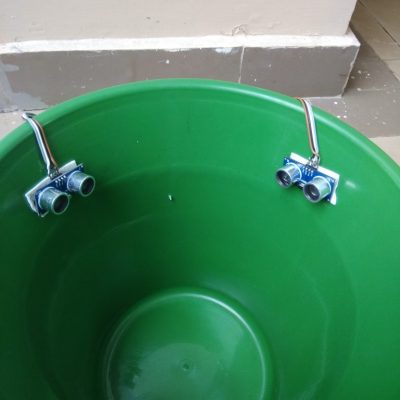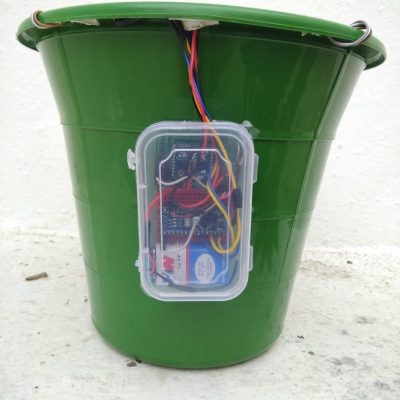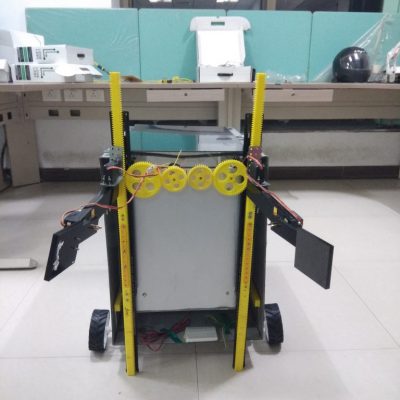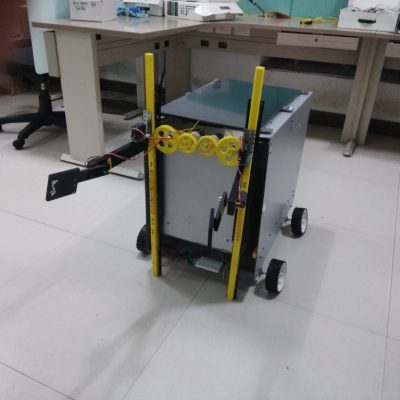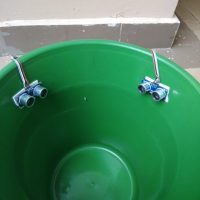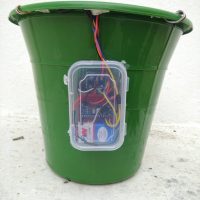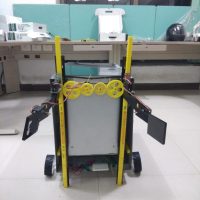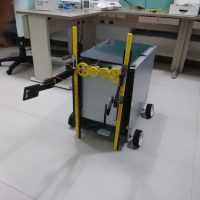Automated Waste Management Robot employing Wavefront Path Planning Algorithm and Wireless Sensor Networks
[Nov 2016 – Dec 2017]
This project was published in the IEEE Xplore on December 23rd 2017.
- An Automated mobile robot fitted with a 2 Robotic arms with 3 Degrees of Freedom each was built, which is capable of lifting Dustbin’s of standard size.
- Wavefront Path planning algorithm was used to track and locate the Dustbin’s location in an environment where the obstacle’s location were changed dynamically.
- Multiple goal locations (Dustbins) were added to the environment and the priority of the goal was set based on the filling level of the dustbins.
- The dustbins and the Robot were connected to each other by a Mesh network, such that when one dustbin struggles to send its information to the robot, it sends the information via another ZigBee equipped with another Dustbin.
The robot was fitted with high torqued servo motors to facilitate effective lifting and dumping waste from the dustbin. A rack and pinion mechanism is used along with geared DC motors to aid this. A thin plate of the metal sheet was stuck to the dustbin and electromagnets on the robot made sure the dustbin did not wobble during the entire process.
The storage box on the dustbin was large enough to accommodate waste from 5 full dustbins and whenever the storage gets full, the range sensor on the robot storage gets triggered and makes the robot go to a dumping site and dump all the waste. The backdoor of the robot was powered by two high torque DC motors.
This was a simple test performed to test the working the sensors on the dustbin to get triggered when the bin gets filled. Whenever the dustbin is full, the robot gets a message to reach the dustbin using the Wavefront path planning algorithm in the shortest possible path while avoiding obstacles at the same time. The robot wheels were powered with 4 high torque 24V Johnson geared DC motors.
The dustbin was fitted with two low powered ultrasonic range sensors to monitor the filling of the dustbin. When the dustbin is full, the message is transmitted to the robot via a Zigbee module. The Zigbee modules were configured to work using mesh protocol. This made sure, the message from the dustbins reaches the robot even if the range of the Zigbee is limited.
This is a simple test showing the working of the back door of the robot’s storage box containing the garbage when the box becomes full.
Wavefront Algorithm was used to plan the path for the robot from the start point to the goal point. This is a simple demonstration of this algorithm in work on a small robot. The algorithm finds the shortest path while avoiding the obstacles simultaneously.
Wavefront Algorithm was used to plan the path for the robot from the start point to the goal point. This is a simple demonstration of this algorithm in work on a small robot.
